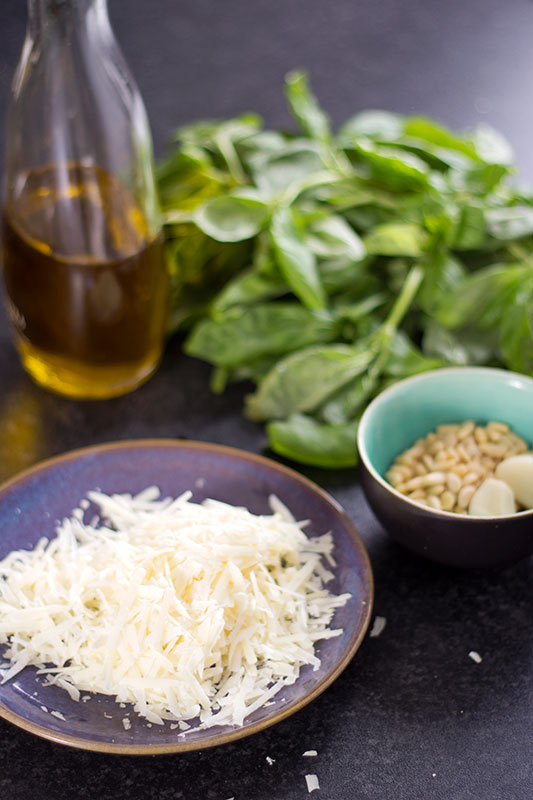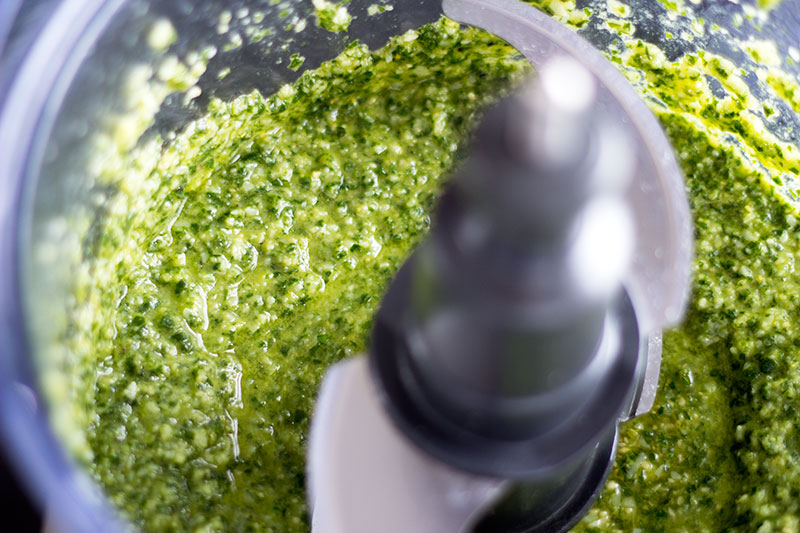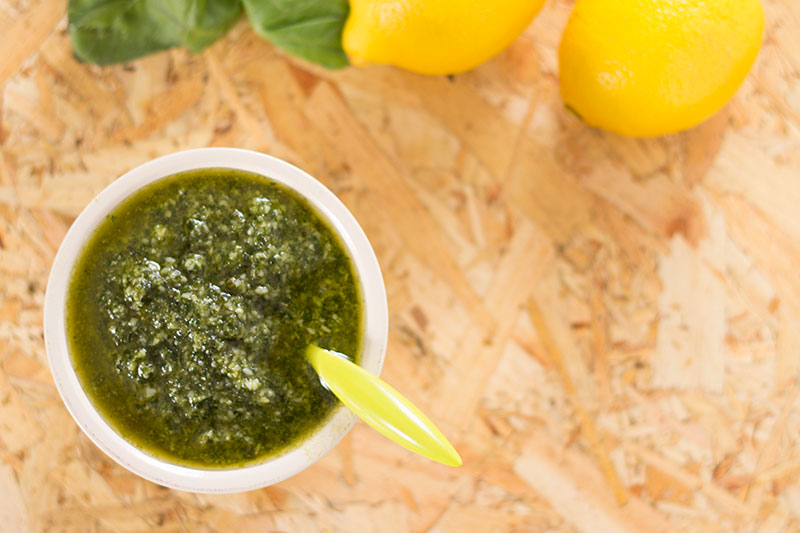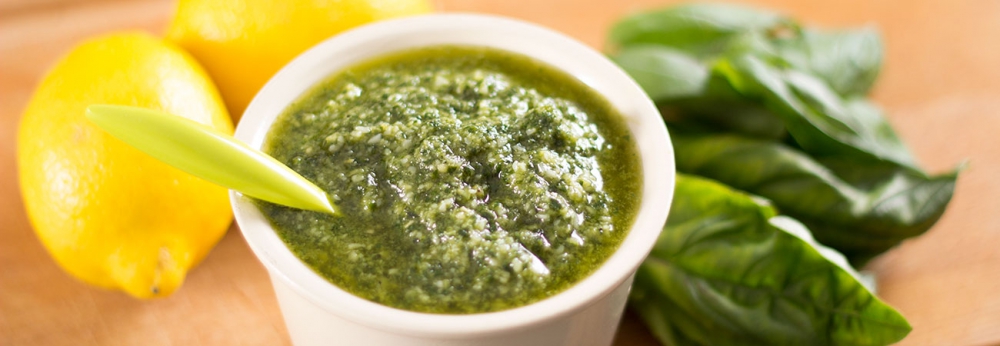There are many, many recipes on the internet going under traditional names which can only be described as bastardised. This comes in various guises, such as dairy, gluten, sugar free examples that I confess to having created on occasion, where you could argue the essence of a dish is compromised by the very removal of that element. Alternatively, people take a traditional recipe and affect some kind of alternative, contemporary slant on it, whilst retaining the hallowed name to describe it.

“For instance, on the planet Earth, man had always assumed that he was more intelligent than dolphins because he had achieved so much—the wheel, New York, wars and so on—whilst all the dolphins had ever done was muck about in the water having a good time. But conversely, the dolphins had always believed that they were far more intelligent than man—for precisely the same reasons.” Douglas AdamsOf course, none of this would happen in Italy, such a proud and passionate country with fierce respect for culinary tradition. I was reading an article on BBC news yesterday about a guy who tried to order a marinara pizza (tomato and garlic, no cheese), but wanted to add mozzarella to it. To precis the article, the pizzaiola refused the make the order on the basis that a marinara doesn’t have cheese, so therefore, by adding cheese, it is no longer a marinara, hence does not exist and cannot be made. It’s a stunningly literal piece of logic which makes utter sense and feels like it could have been written by Douglas Adams.
Why we feel the need to shoehorn our new recipes into the time honoured annals of historic culinary notation is anyone’s guess. It could be a desperate attempt to pigeon-hole things, because unless you can assign a label or marker to something, then WHAT IS IT? Also, google is no doubt partly to blame, because should you make a dairy free smoothie, then you’ll call it by the name your target audience might search for, i.e. ‘dairy free smoothie’, rather than ‘blended oat milk and banana iced drink’.

Conversely, ingredients have it easy, due to the existence of “protected designation of origin”, whereby regional limitations and methods have to be met for a product to use a certain name. For example, Buxton Blue cheese may only carry that name if produced within 30km of Buxton using traditional methods. A similar scheme for recipes could see the key elements of that dish designated and unless a recipe met the criteria, then you couldn’t use the name. It would be called “protected designation of ingredients”, or PDI for short and would serve as a central repository of comestible specification to limit the further bastardisation of culinary history by click hungry bloggers.
Now I’ve got that off my chest, I’m hoping to redress the balance today with a recipe of simplicity, elegance and above all flavour, which is so close to the culinary precedent as possible and so utterly deserving of it’s hallowed and respected name that hopefully any red blooded Italian would happily regard it as ‘pesto’.

For years I thought pesto was a bit odd, some kind of green slimy sauce that bucked my ingrained perception that sauces are either red (tomato) or white/yellow/greyish (cream). I don’t remember eating it before my twenties and recall the joyous revelation when I discovered it was just a nutty, cheesy, basil sauce. Prior to that I had assumed it contained bogeys and slime rather than such bold, flavourful ingredients.
It’s also delightfully versatile, there are plenty of ways you can use traditional basil pesto, other than simply being a pasta sauce. Crostini, crackers, sandwiches and any kind of bread become enlivened by a slather of it. Back when I used to eat more meat (I’m not actually vegetarian, in case you ever wondered), a pork neck fillet, sliced and ‘buttered’ with pesto was always an easy and tasty dish. If you keep an eye on this blog, you’ll see a beautiful aubergine tart appear in the next few days that puts pesto to fabulous use, it’s a real treat and my mouth is watering just thinking of it.
So, today, I would proudly like to present the recipe for… traditional, ‘PDI’, Italian pesto.

Traditional Italian pesto
By Gavin Wren
Serves 8
Uses a food processor
PDF recipe card to download or print
Ingredients
40g pine nuts
2 garlic cloves
80g pecorino, grated
50g basil leaves
150g olive oil
Directions
Add the pecorino and whizz again.
Add the basil leaves and whizz once more, until it’s all combined and breadcrumb like.
Add the oil and whizz until a grainy, semi-liquid sauce is reached, at which point your pesto is ready to use!


